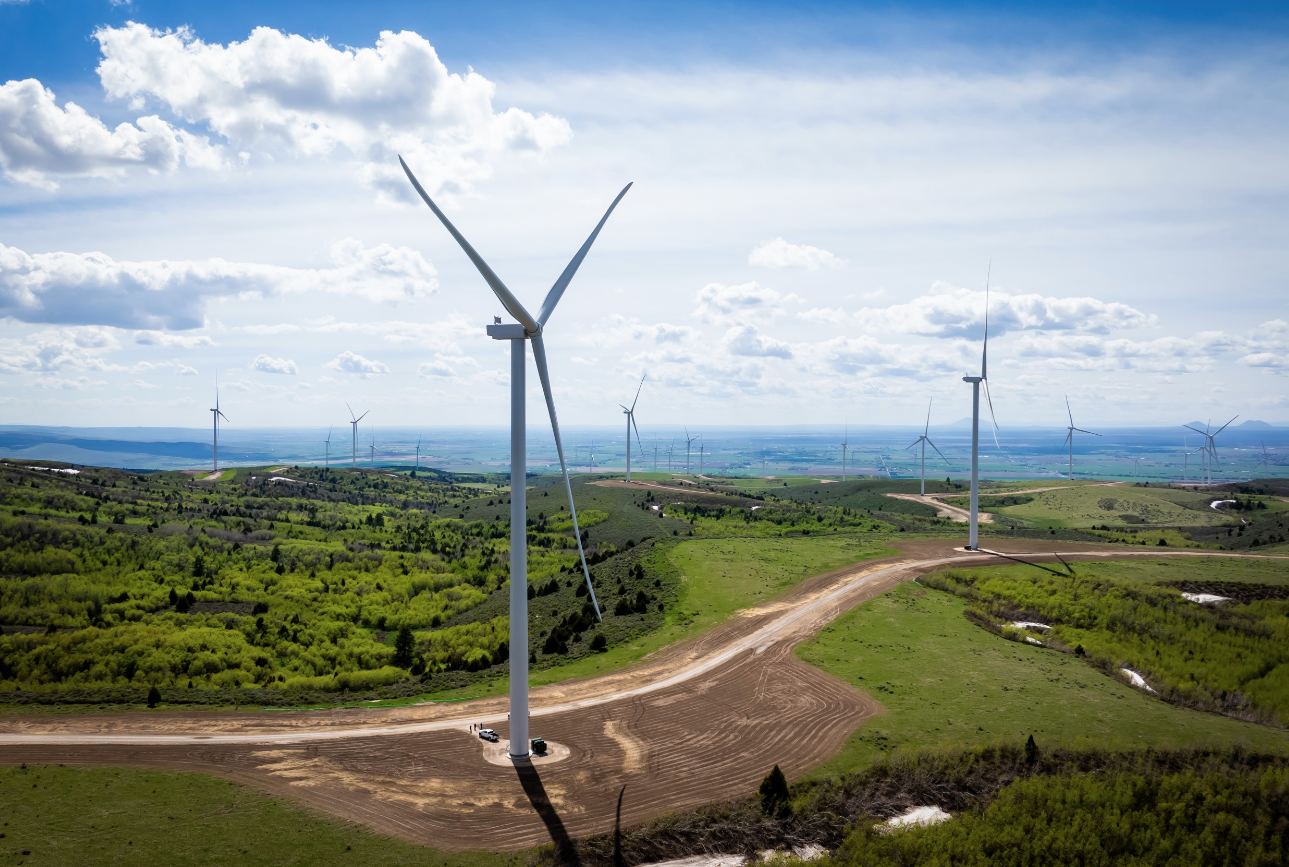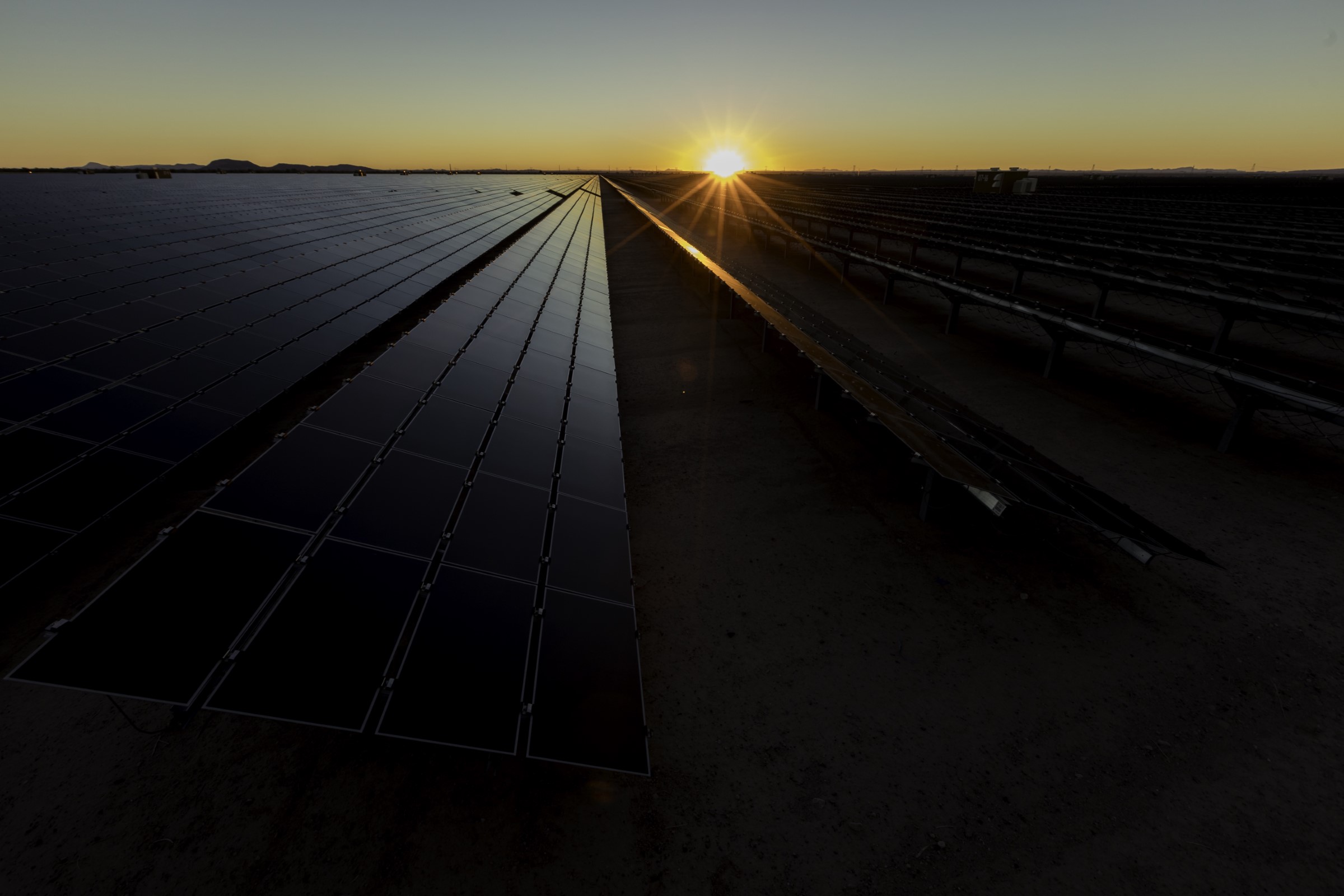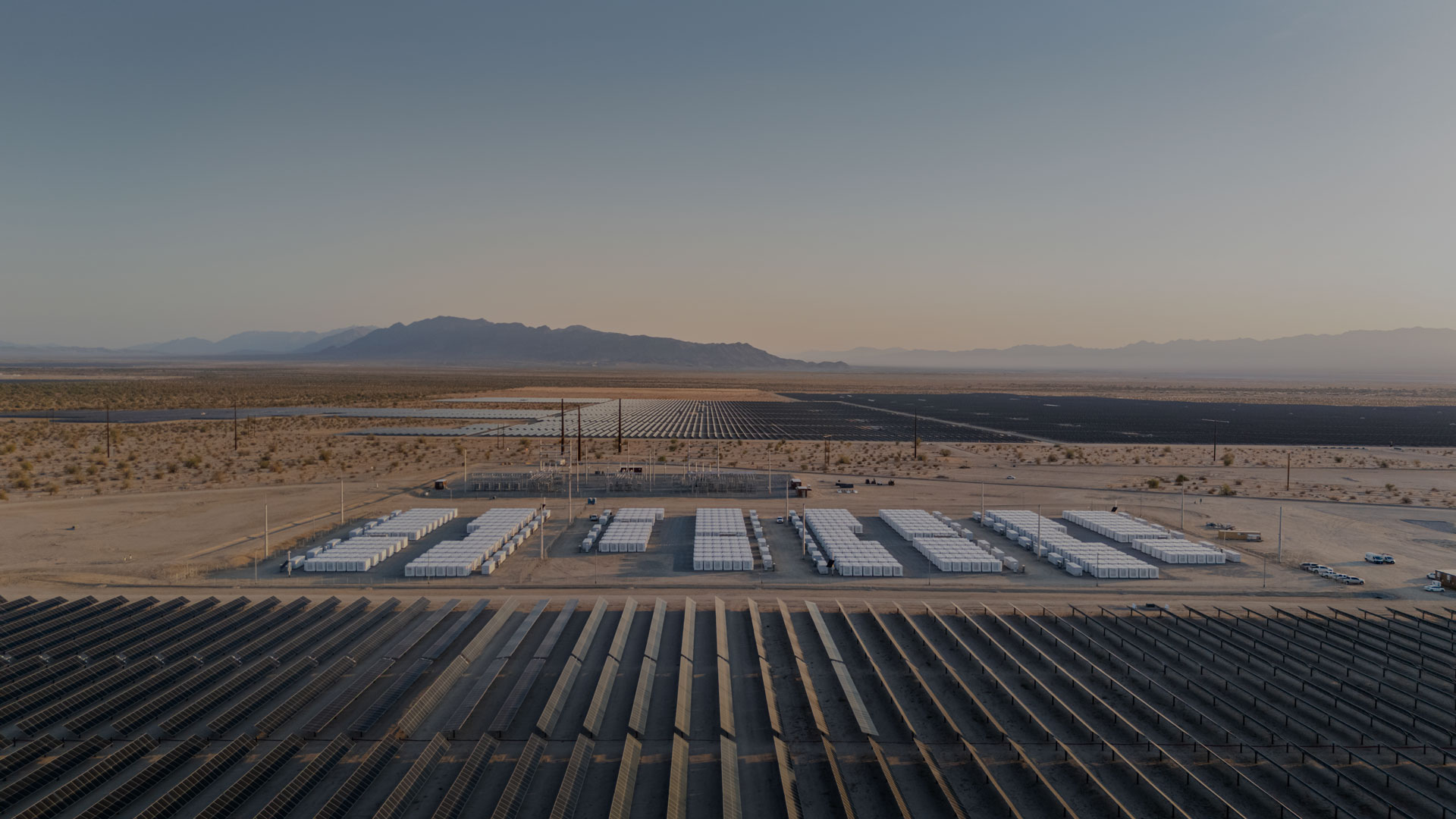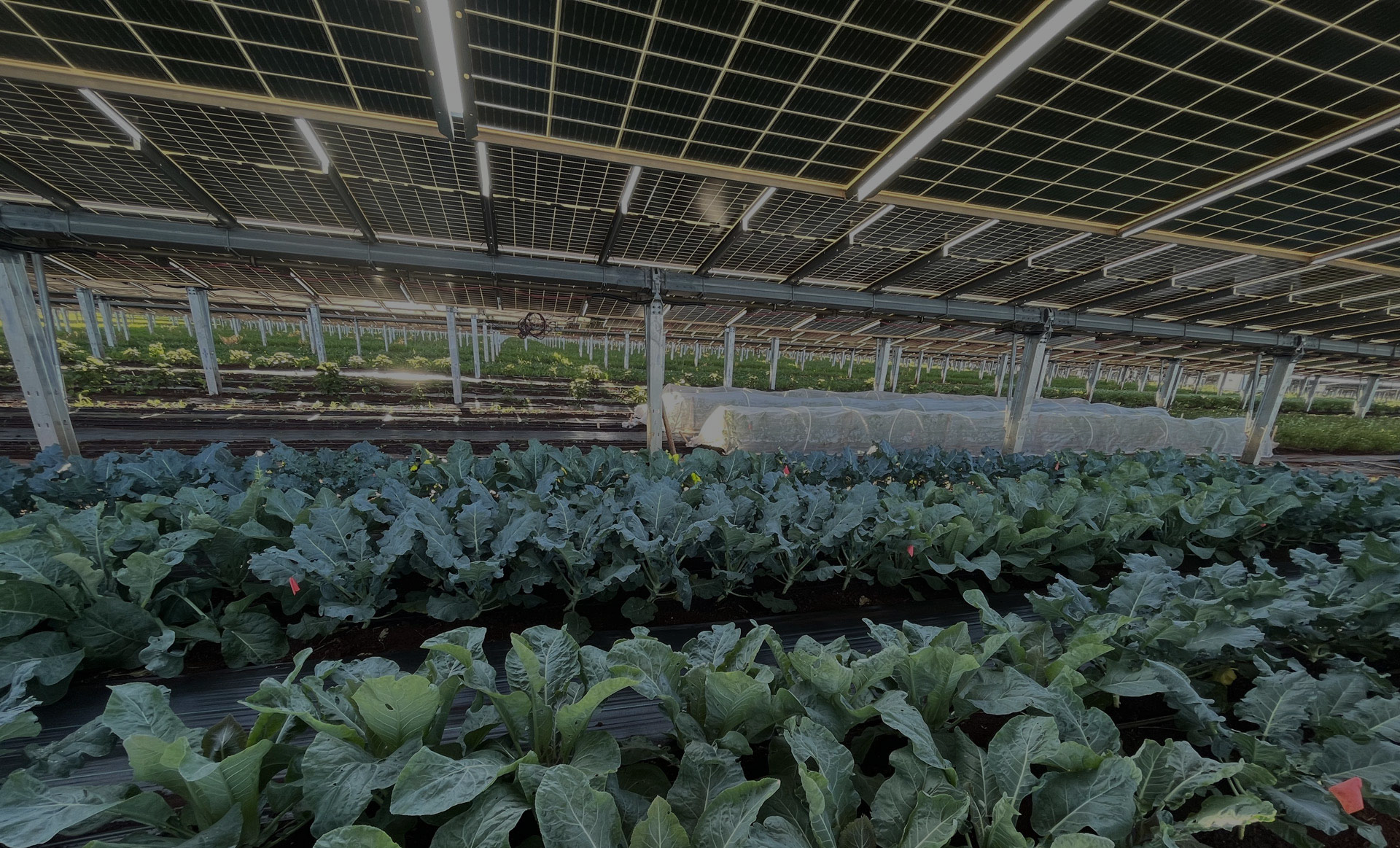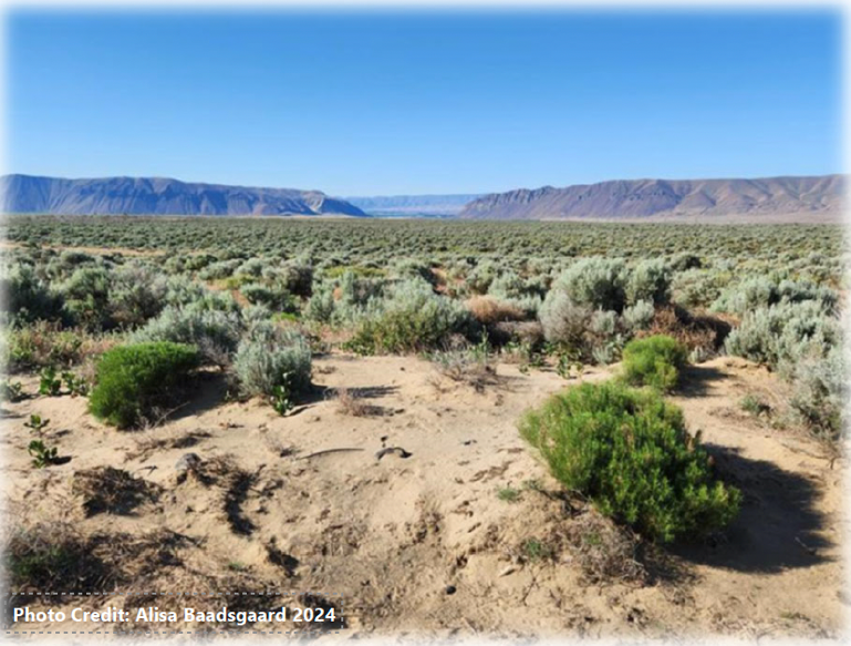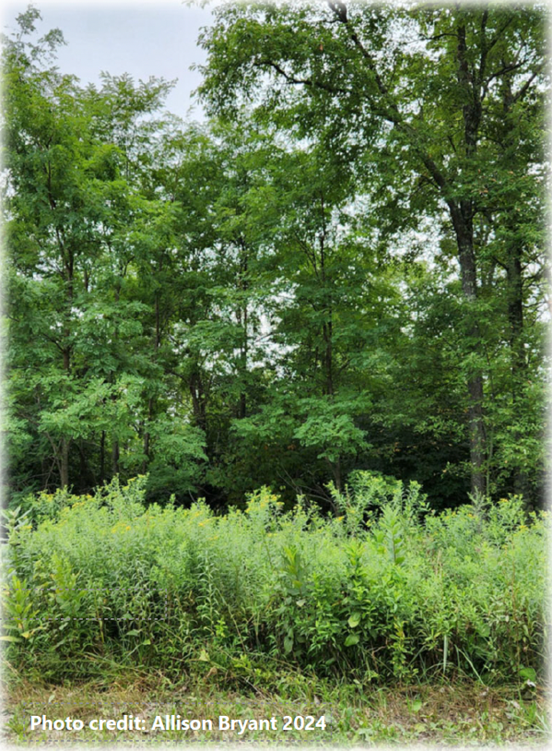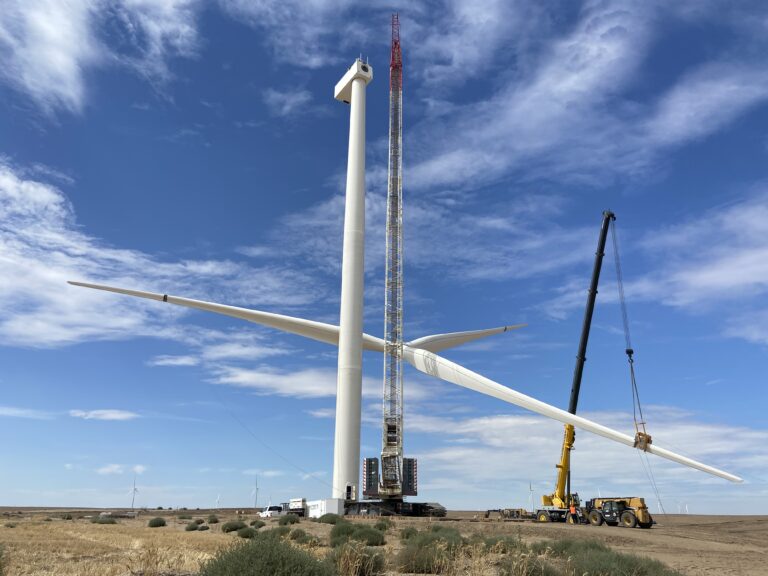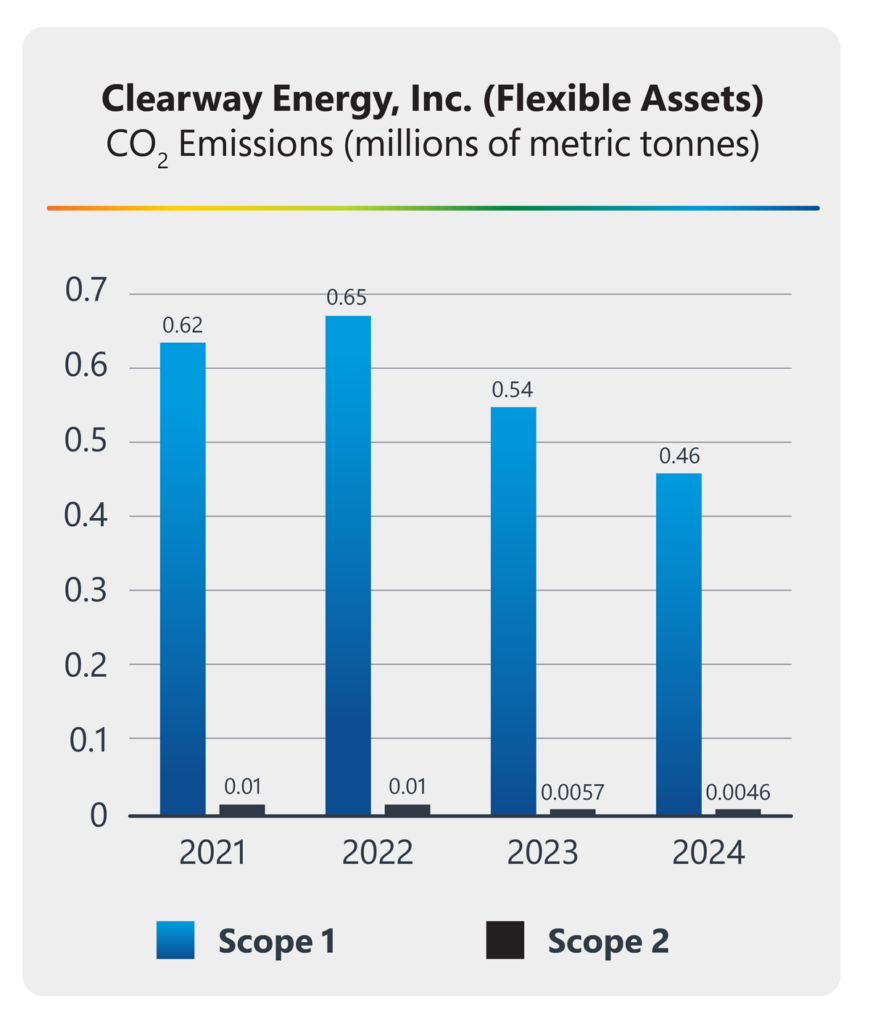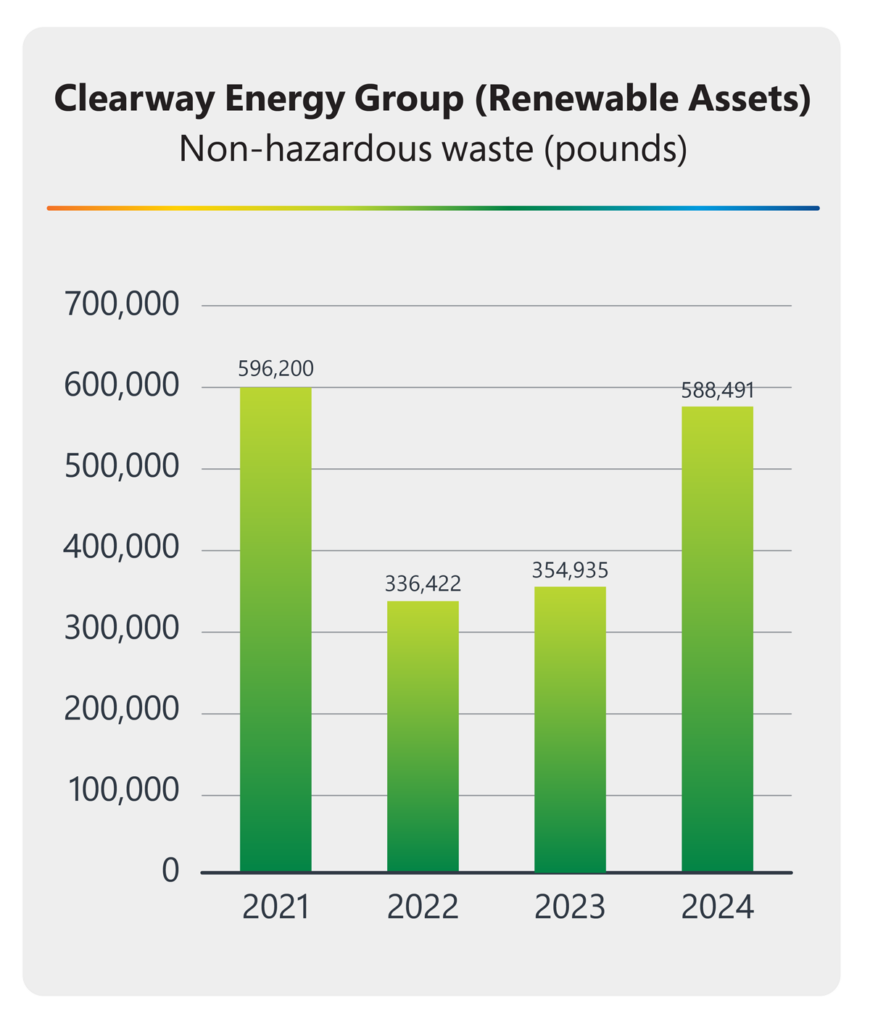Facilitating Responsibly Sited Solar With Permitting Guidelines
Utility-scale solar projects are subject to extensive and transparent permitting requirements that seek to ensure their development, construction, and operation will not result in net-negative environmental or conservation outcomes. Clearway was instrumental in working with other LSA members to develop a two-part permitting guide for project developers and wildlife regulators, with the goal of facilitating solar project siting and permitting that avoids, minimizes, and/or mitigates major wildlife and habitat conflicts.
The first component is the “California Solar Photovoltaic Energy Environmental Development (SPEED) Guidelines.” These voluntary, California-specific Guidelines were developed by LSA member companies, and seek to facilitate the expansion of responsibly sited utility-scale solar PV projects in California in balance with conservation priorities.
They provide a rigorous, tiered, risk-based evaluation process assessing impacts to wildlife and their habitats, determining potential impacts, and committing to beneficial practices designed to avoid and minimize, and where appropriate, mitigate resulting adverse impacts. Importantly, these guidelines also represent a commitment to enhancing wildlife habitat within large-scale solar array areas for special-status species that coexist well with solar project operations.
The second component includes a template for an incidental take permit application, which is designed for situations in which there is an expectation that a project could have a negative impact on a plant or animal species that is considered threatened or endangered under the California Endangered Species Act (CESA) or is a candidate for state listing as threatened or endangered.

